Another merry band of volunteer neuroscience educators arrived in southeast Portland this morning, eager to make art, show brains and answer questions from 6th graders at Hosford Middle School!

We’re fast approaching Brain Awareness Week, an annual celebration of high energy (noradrenergic?) neuroscience outreach initiated by the Dana Foundation, a leading philanthropic organization that supports research through publications, educational programs and grants. NW Noggin is honored to be a Foundation partner, as we embody their enthusiasm for community engagement all year round, and share their drive to educate young people and the public about discoveries in brain research…
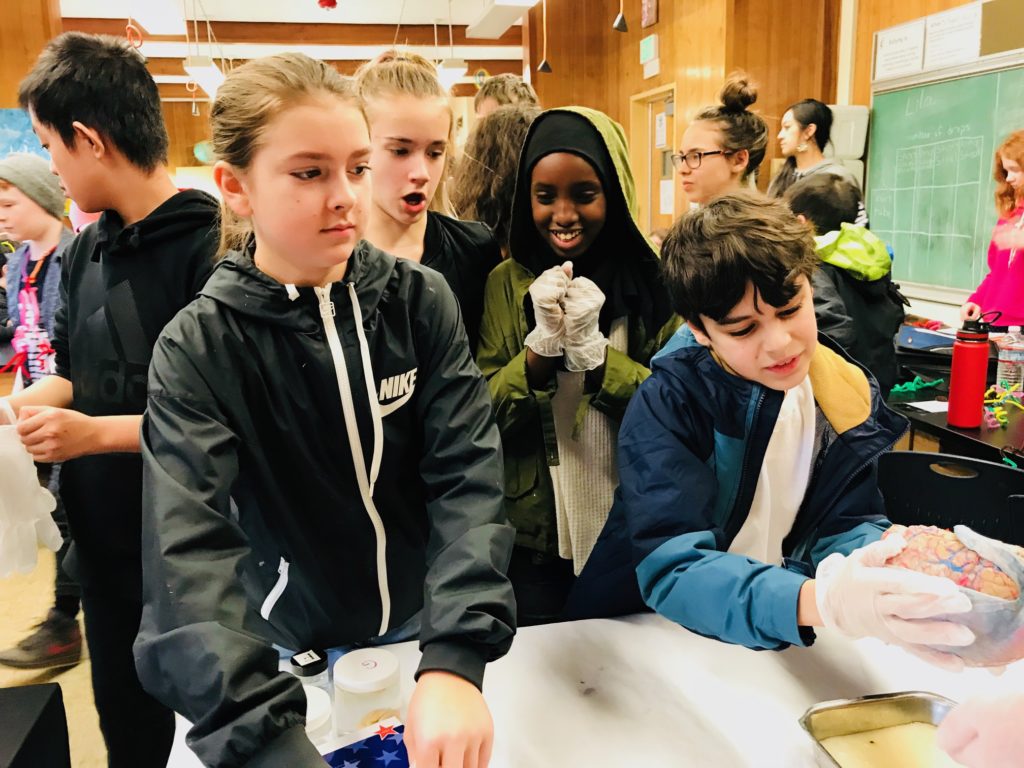
LEARN MORE: NW Noggin: Interview with the Dana Foundation!
Today we had another multi-institutional band of Neuro Noggineers, including Kyle Stinson, Adam Bishop, Jade Osilla, Ashley Keates and Jennifer Jensen from Portland State University, Katerina Bondarenko from WSU Vancouver, and Noggin Resource Council member Joey Seuferling…
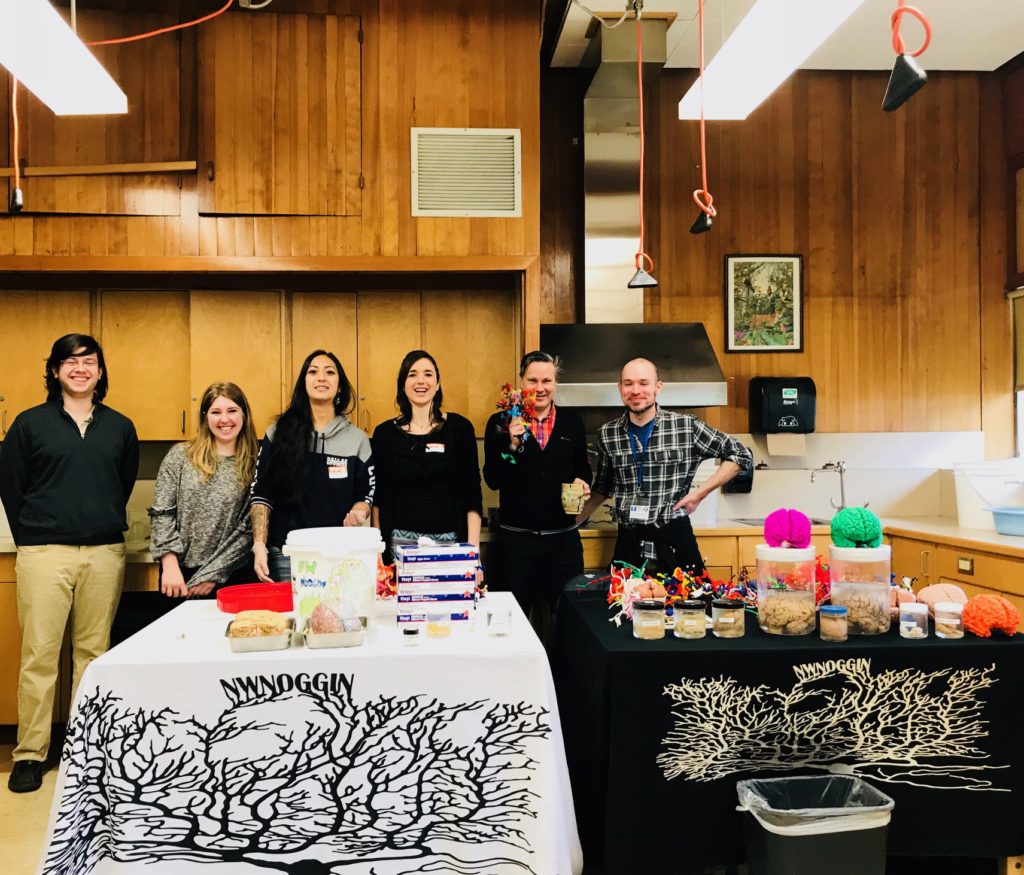
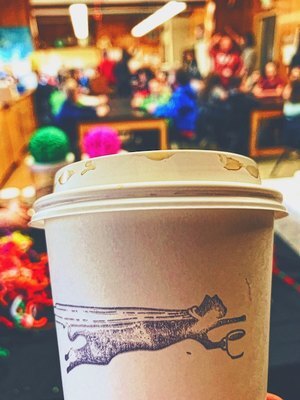
Fueled by Flying Cat Coffee on nearby Division Street…
Several of us were just back from three wonderful snowy days in Oregon’s beautiful Morrow County, where we’d met with around 300 curious 4th through 12th graders in rural Heppner and Ione!
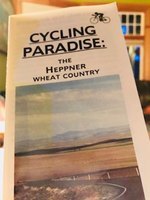
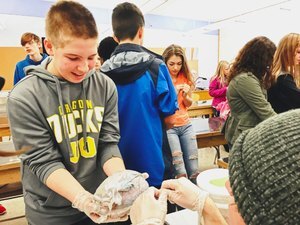
LEARN MORE: High Desert Noggins: Brains & baby goats!
At Hosford we began with two of Jane VanDam and Kevin Marquardt’s 6th grade classes, in a long science lab requiring some vocal projection! From Katerina Bondarenko: “I never thought I would be brave enough to teach growing up, but I also rarely turn down a challenge, so here I am – volunteering with NW Noggin for almost a year teaching kids about the brain, drugs and health!”

We introduced ourselves, and our own interests, and dove right into the art project for this class – the always engaging building of new brain cells from widely available pipe cleaners, happily an accessible art staple in many public schools..! Starting with a project puts materials directly into kids’ hands, and gets them following instructions and (we’ve noticed, again and again, in every grade) listening and asking more good questions…
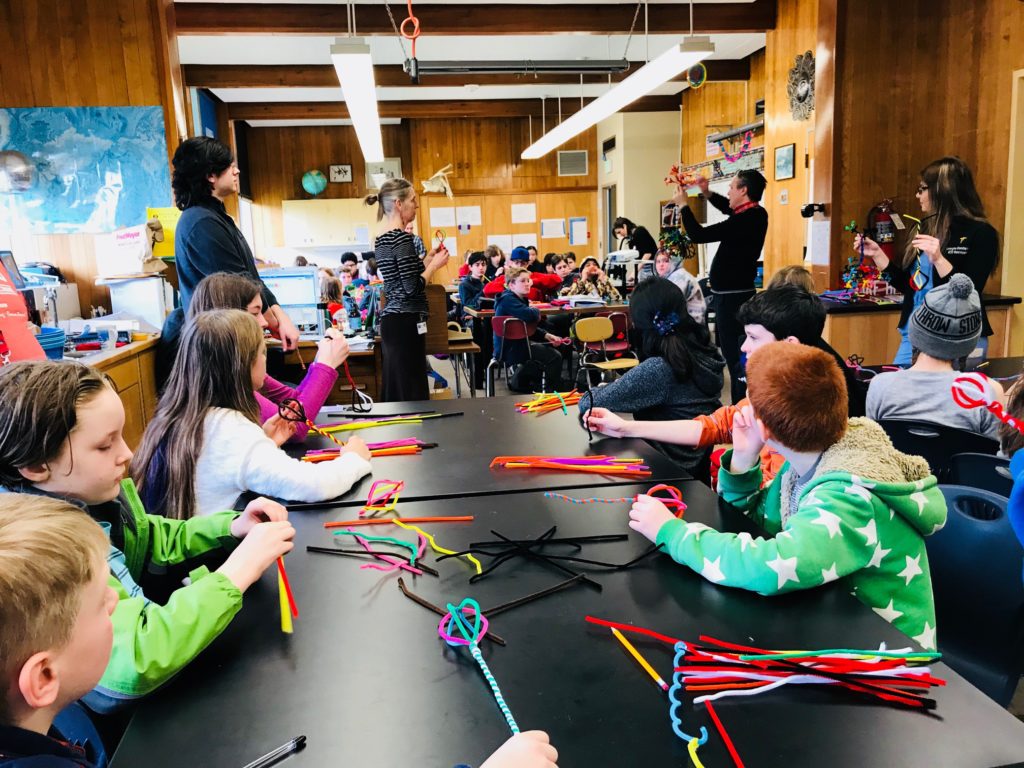
About 90 students happily engaged in making neurons with their hands and brains



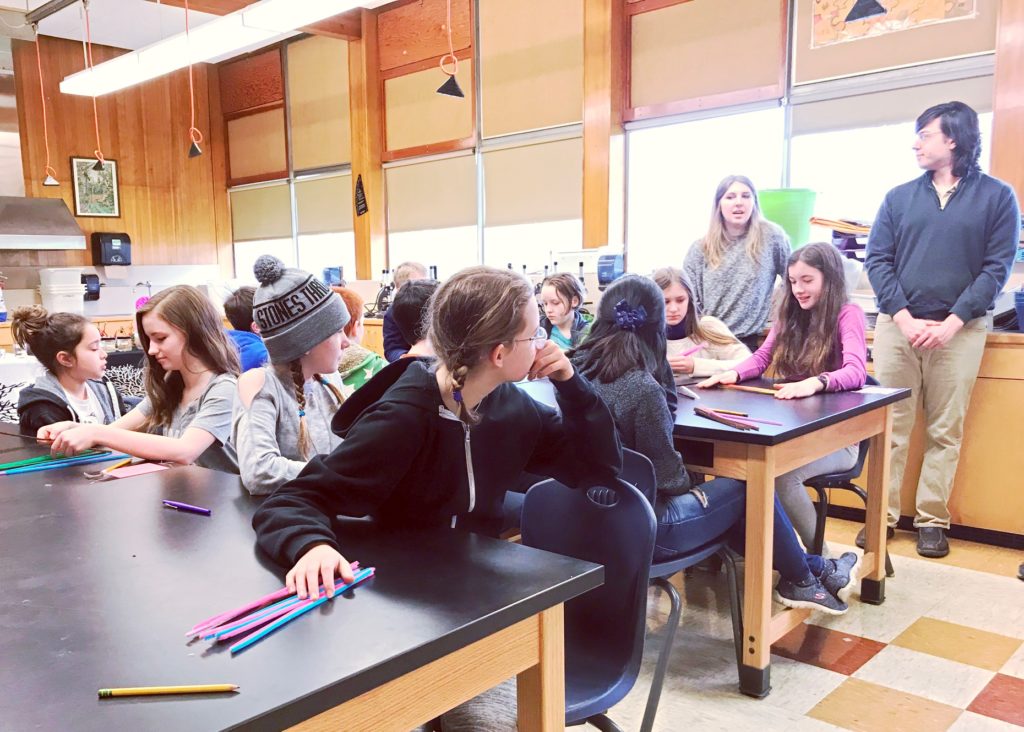
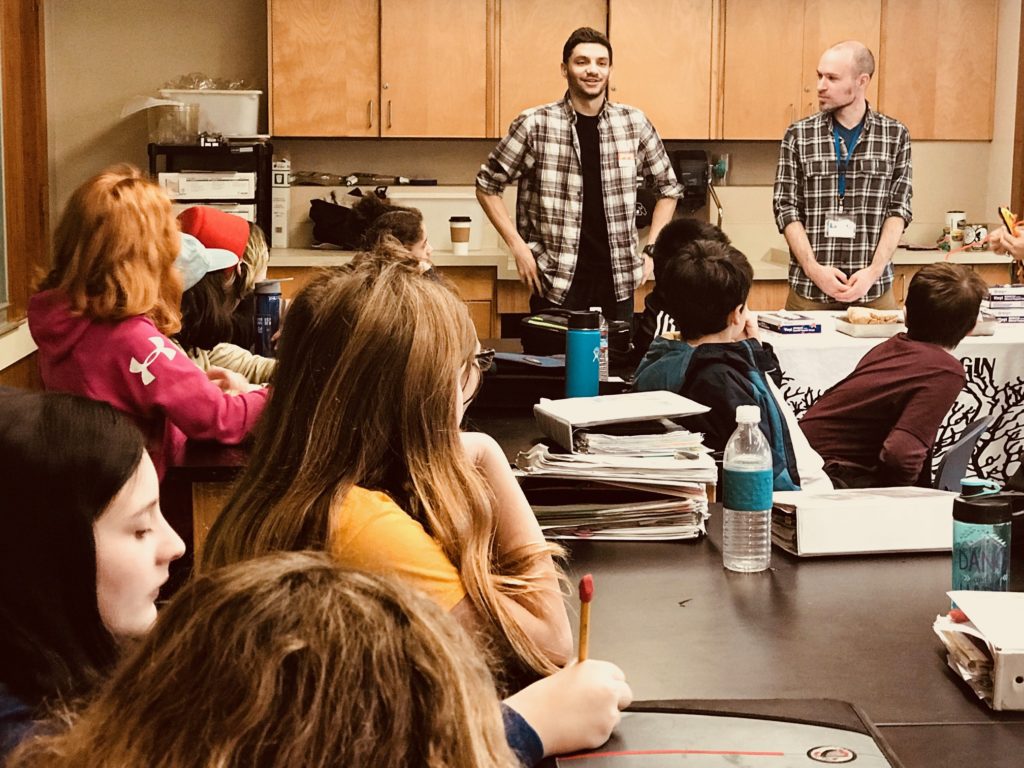
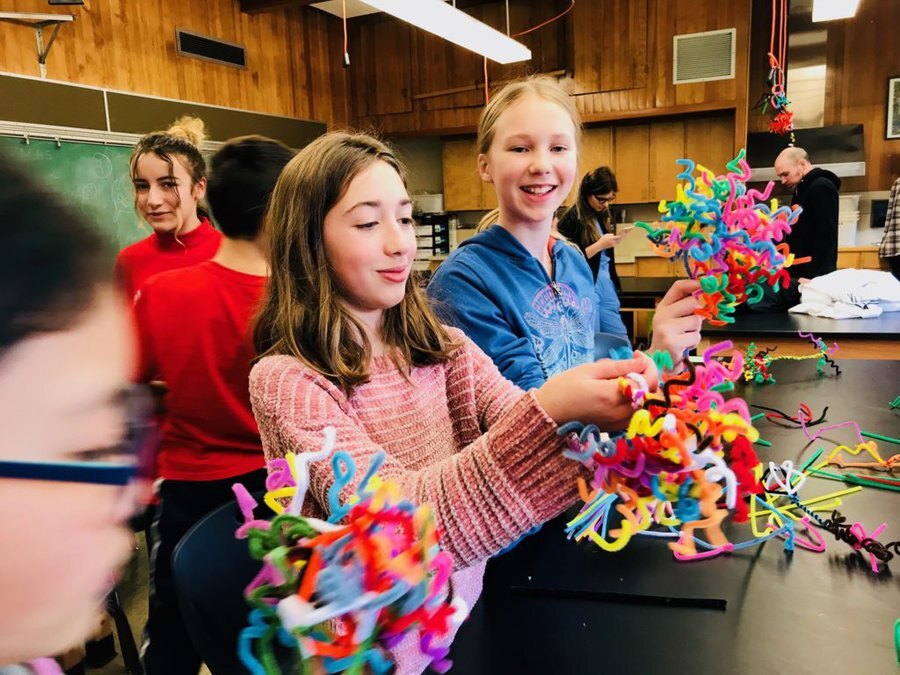
LEARN MORE: STEAM Art Projects
Practiced pipe cleaner wranglers Jade and Ashley led each side of the room in neuron construction, and fingers and brains were soon deep in twisting dendrites. At individual tables, our volunteers had terrific discussions about these neurons – how we lose billions from birth to adolescence, yet through risk taking and experience develop the linked networks we need to walk, talk, make decisions and successfully navigate our complex social worlds…
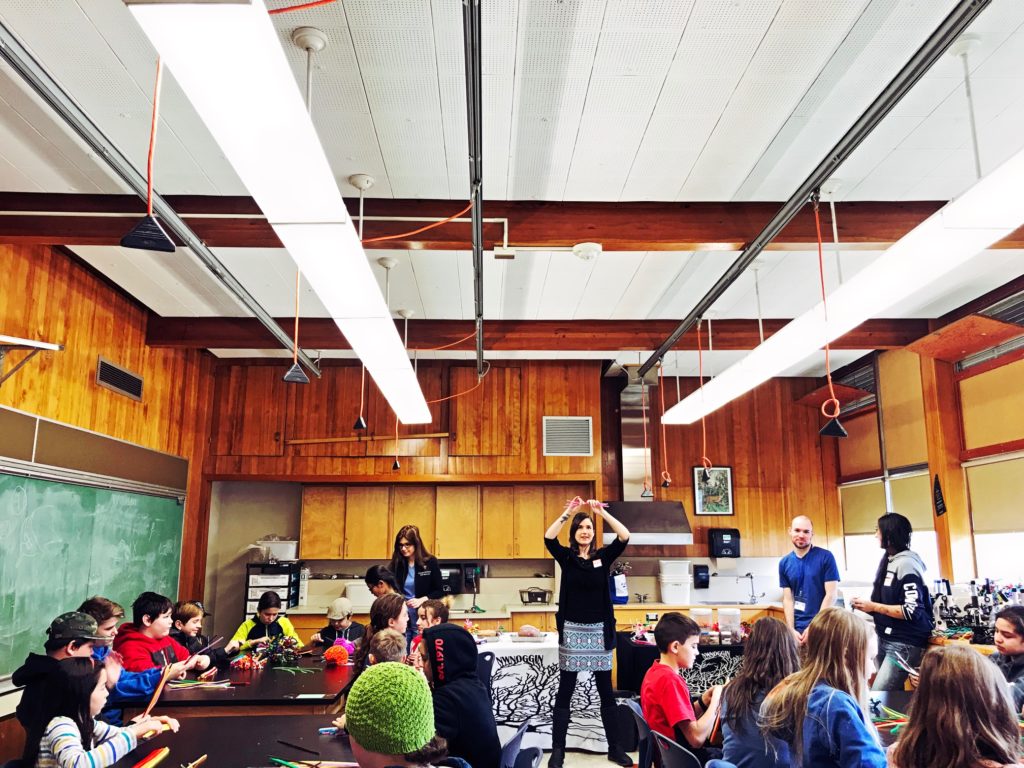
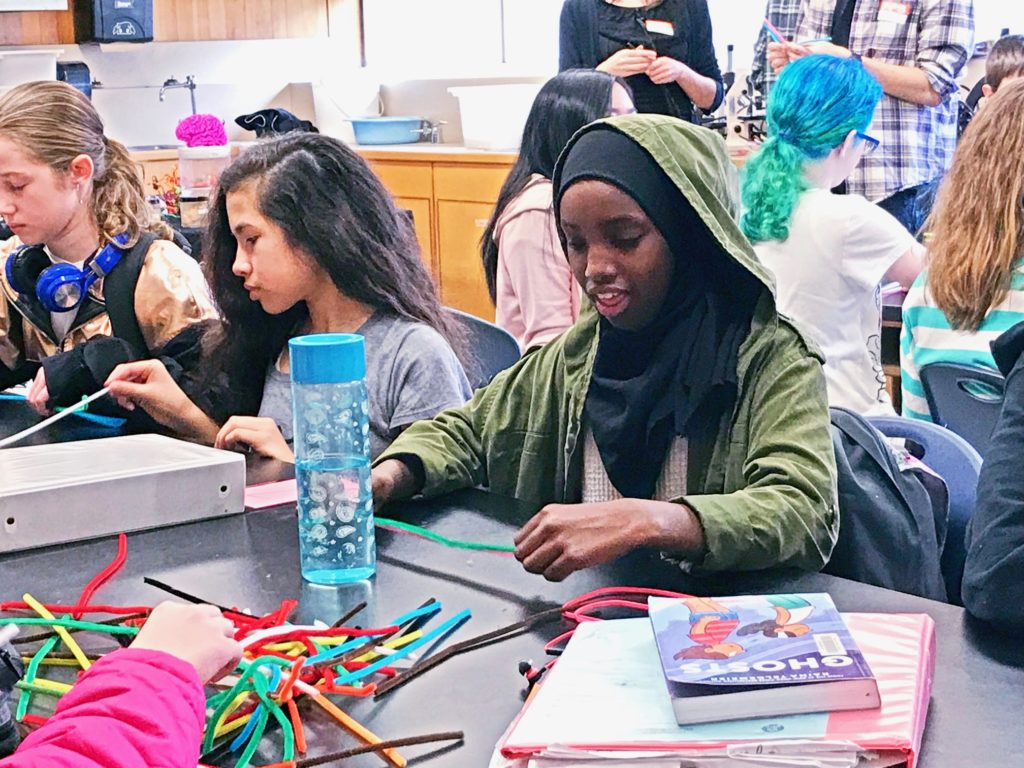
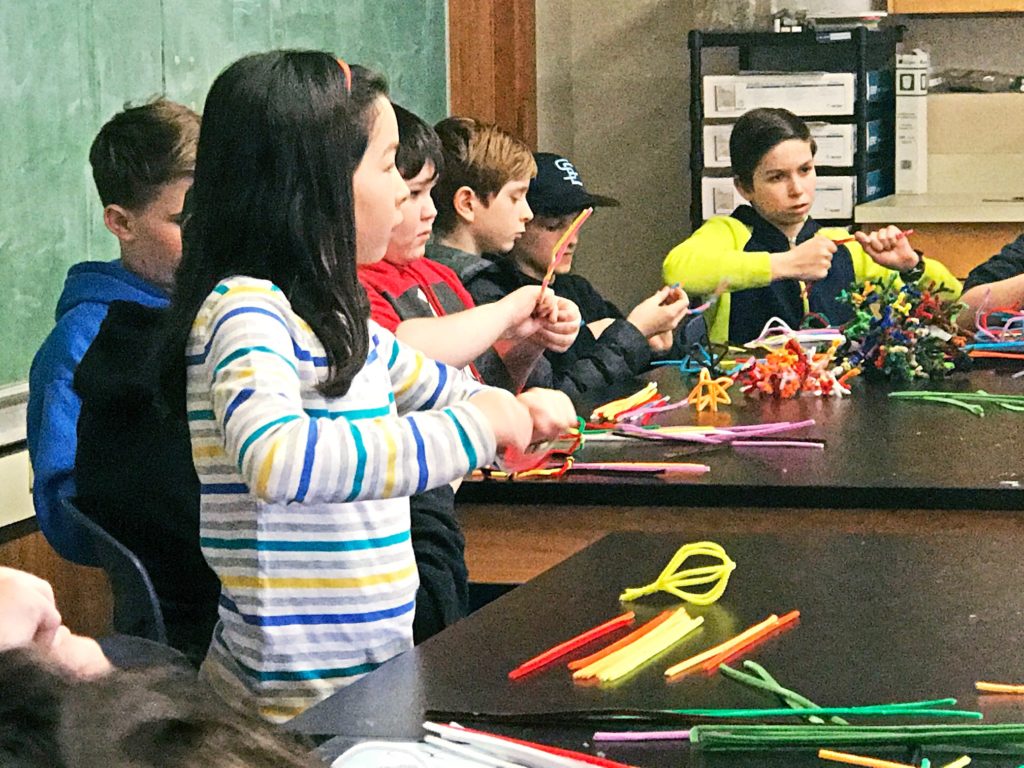
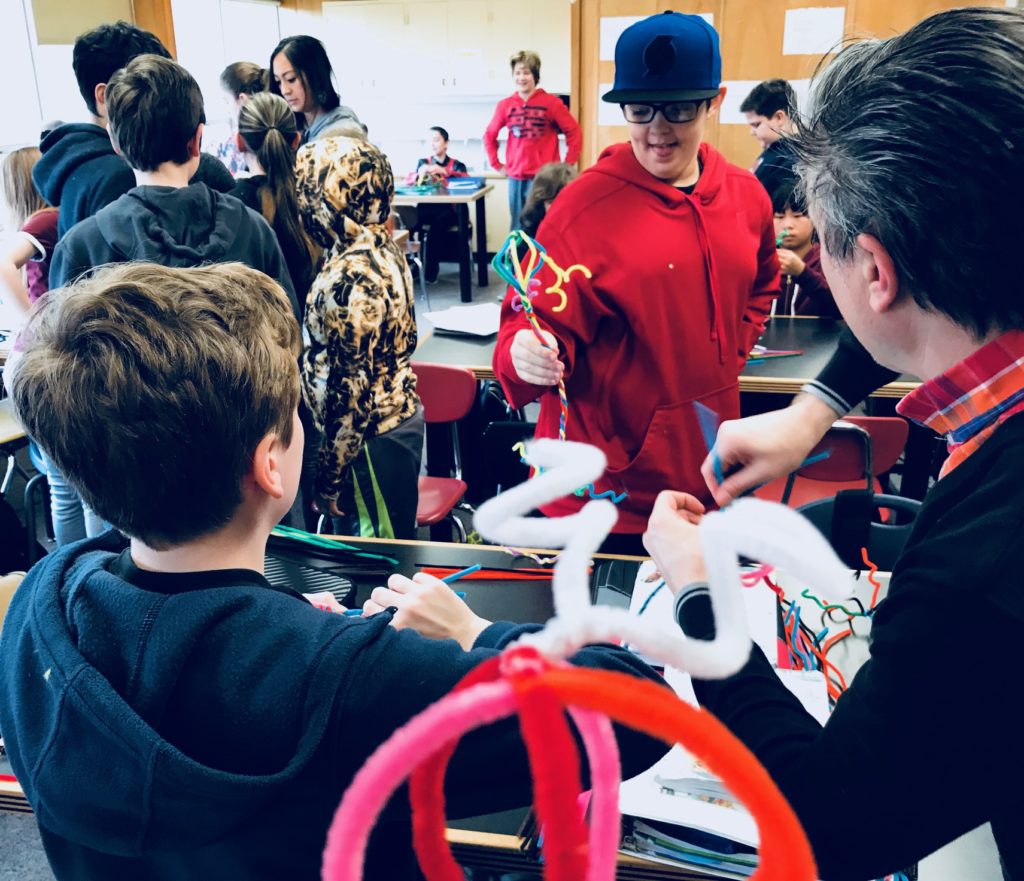
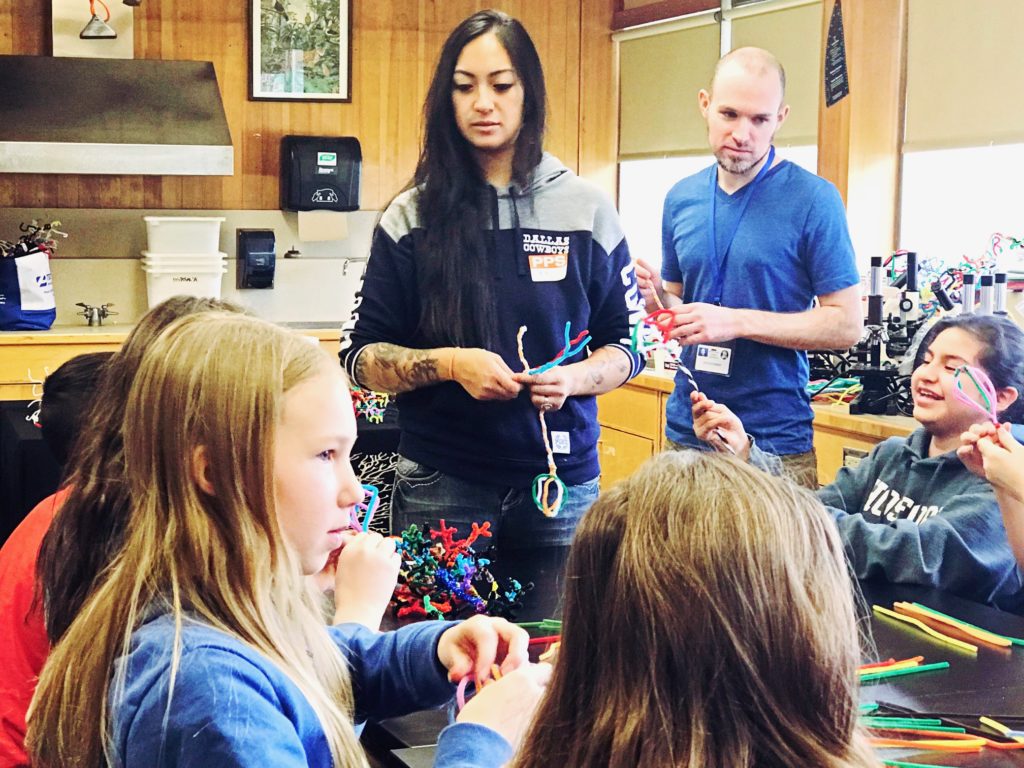
Once basic designs were underway, students shouted their questions! “How do you know if you have a tumor? If you have a tumor, how do doctors know exactly where it is?”

We asked them how a person might notice that something was not working properly in their brain, and many hands shot up. “Maybe they have trouble seeing? Would they feel weak, but just on one side? Maybe they’d have pain – like a headache? Maybe they’d start seeing double?!”
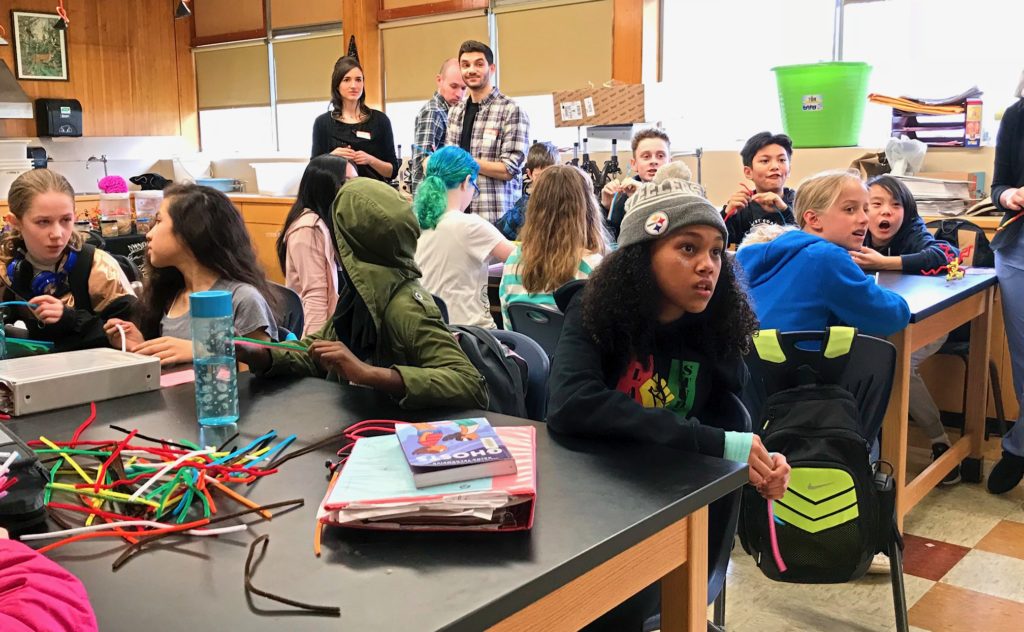
A tumor, we explained, was an abnormally dividing mass of cells (a.k.a., cancer), which could cause problems simply by taking up space. The skull is already packed with billions of specialized neurons and glial cells, and the added pressure might very well disrupt the normal flow of information along networks processing what we see, feel and experience…
LEARN MORE: Brain Tumors
LEARN MORE: Cancer (Malignant Neoplasm)
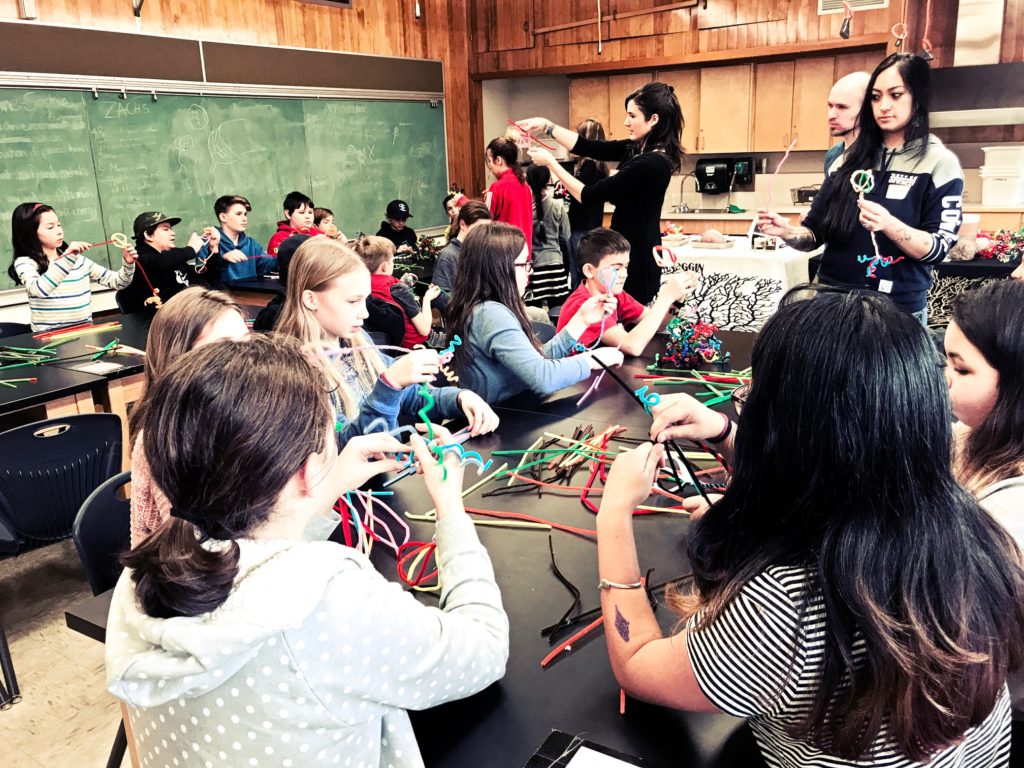
We explained how technology that relies on electromagnetic energy – including the X-rays deployed by CAT scans, and the more recently developed MRI, which utilizes powerful magnetic fields – might allow for different tissues (e.g., white matter axons versus gray matter cell bodies, dendrites and axon terminals – and tumors, which are often structurally distinct) to be identified…
LEARN MORE: A brief history of human brain mapping
LEARN MORE: New Technologies for Human Cancer Imaging
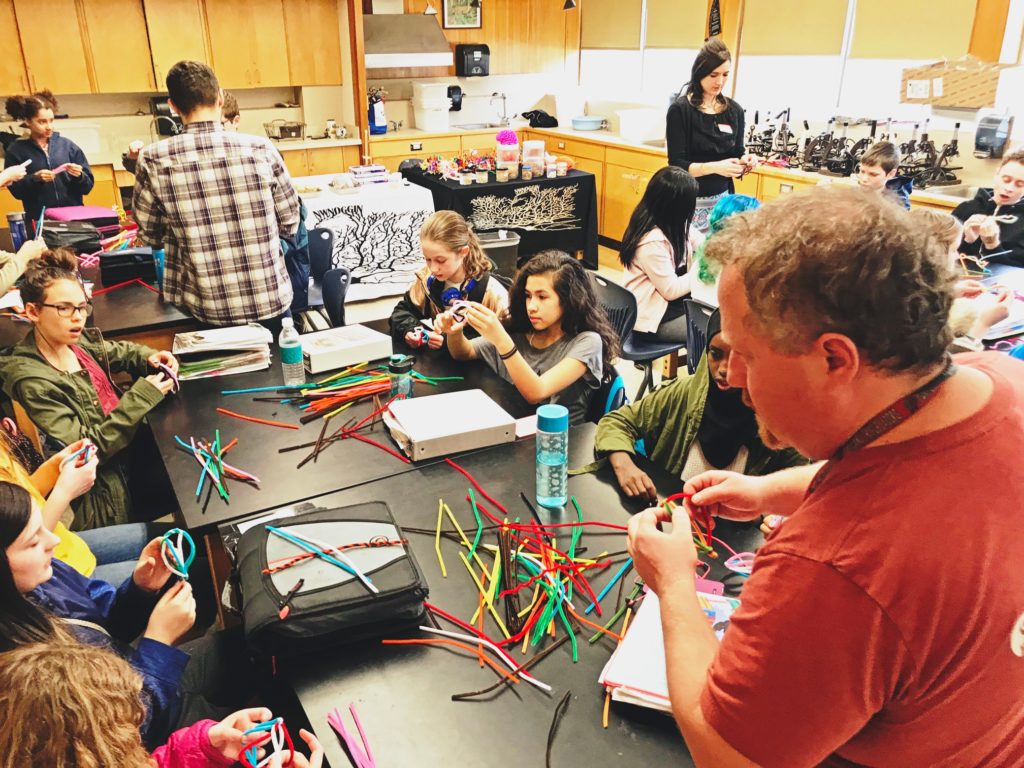
“What about music? Why do I love music so much?!”
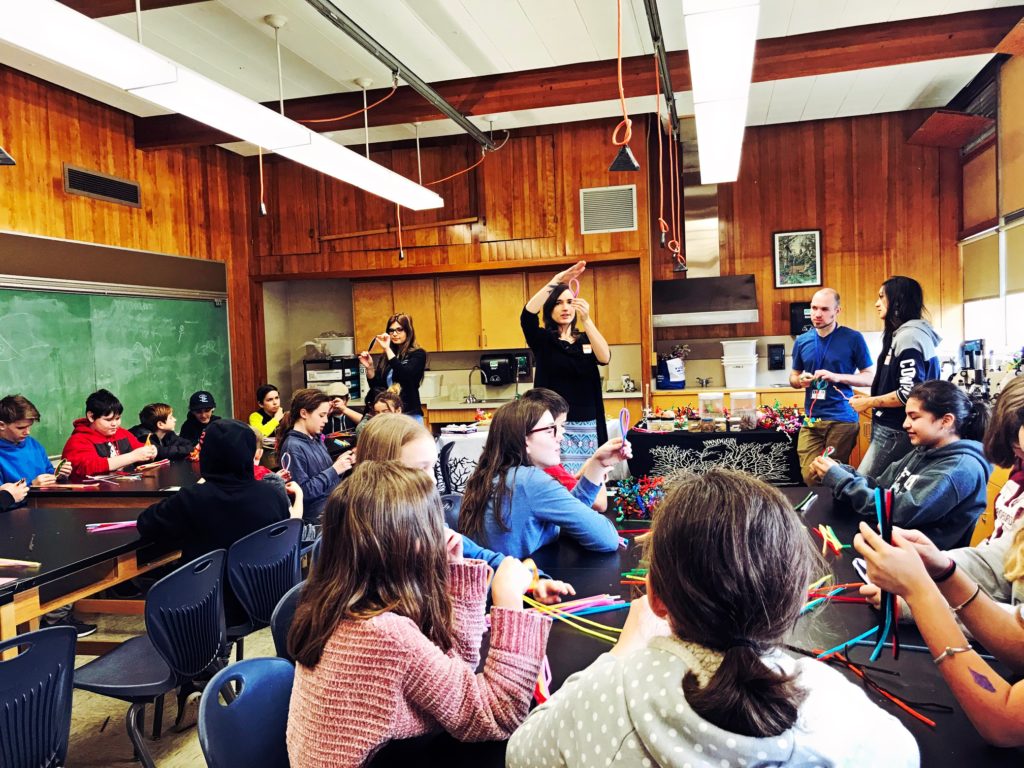
We love music too! And there is plenty of research evidence, we explained, that listening to music – and learning to play an instrument – can positively impact brain development. Music can reduce stress, improve working memory, regulate emotions, and help emerging brain networks coordinate activity in beneficial ways…
LEARN MORE: How musical training affects cognitive development: rhythm, reward and other modulating variables
LEARN MORE: The Effect of Music on the Human Stress Response
LEARN MORE: Music practice is associated with development of working memory during childhood and adolescence
LEARN MORE: Does Music Fine-Tune the Brain?
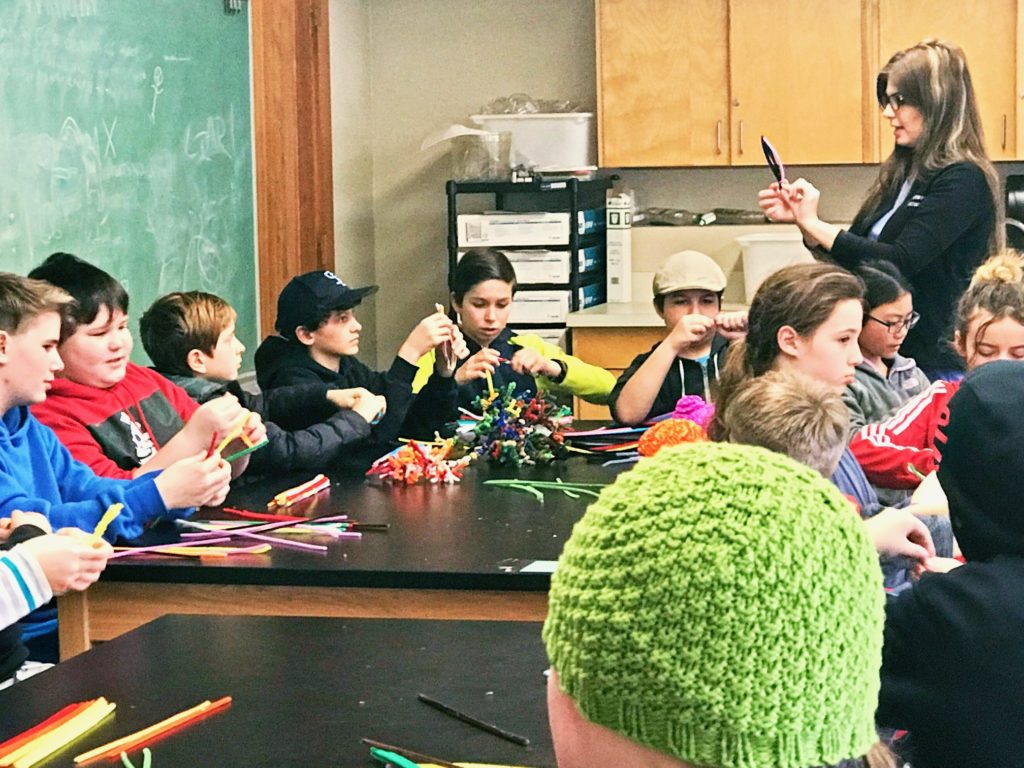
And music that gives you “chills” also activates brain networks involved in other powerfully motivating activities and behaviors – and is one of the most venerable and enduring cultural drives…
LEARN MORE: From perception to pleasure: Music and its neural substrates
LEARN MORE: Frequencies @ Franklin: Your brain on sax!
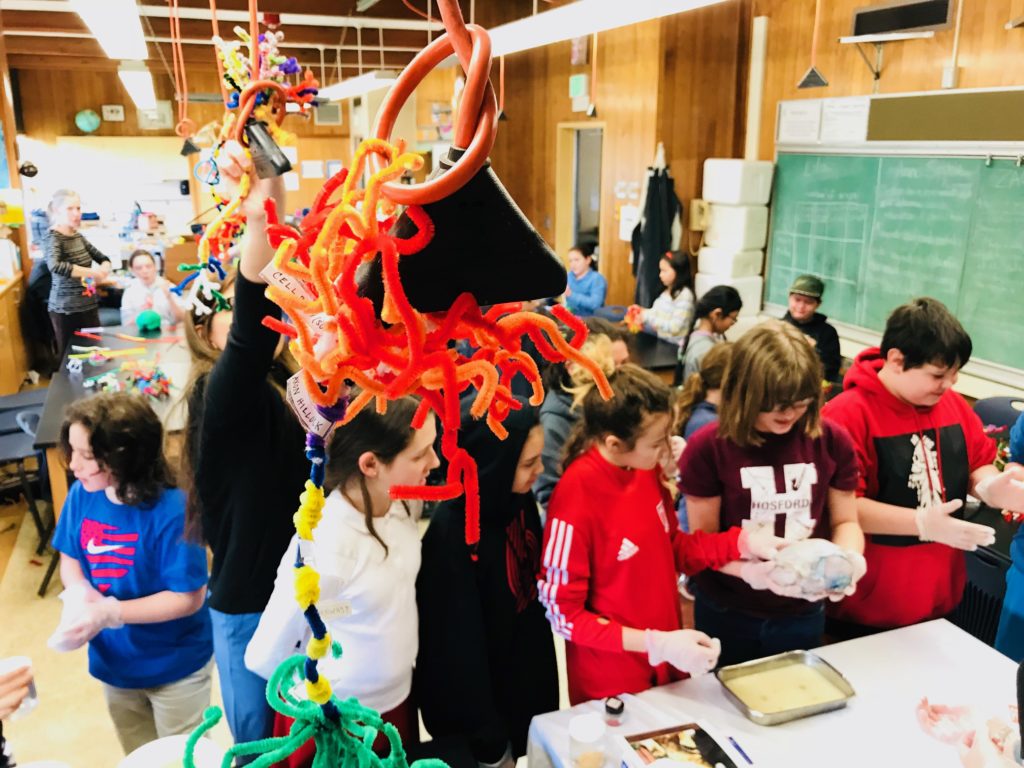
“What do drugs do to the brain?”
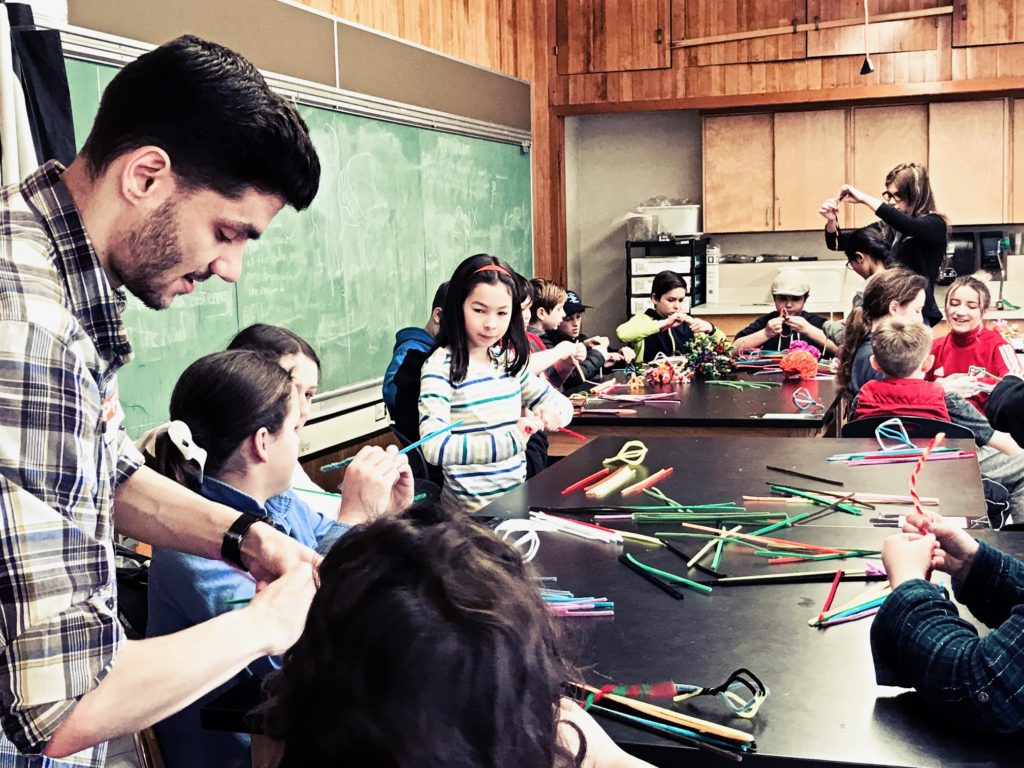
These students already knew the parts of a neuron – they were crafting them as we spoke – so we took this opportunity to explain how these remarkable cells connect to each other at gaps called synapses. The axon carries information in the form of electric current, but the language of communication changes at the synapse to the release of chemicals called neurotransmitters…
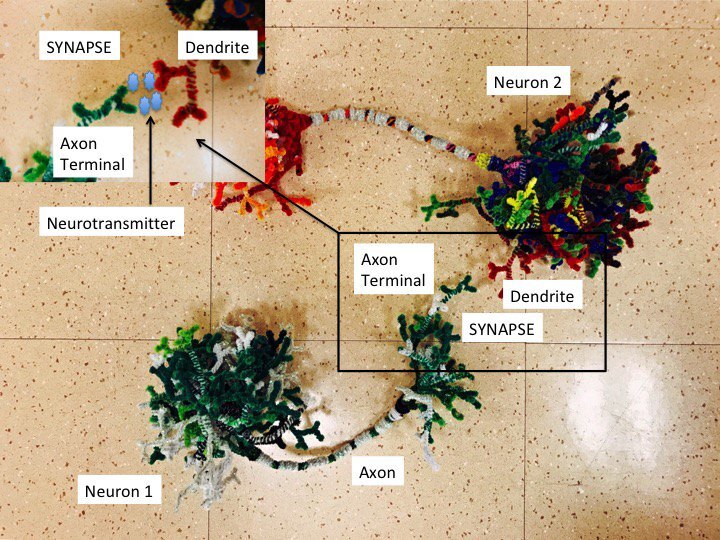
Drugs are chemicals, too, and many act by interfering with chemical communication at the synapse, changing and disrupting the normal flow of information through networks of linked neurons processing perceptions, thoughts, memories and decisions. Alcohol, nicotine, cocaine (and many pharmaceutical drugs) change synapses, and alter brain networks involved in motivation and reward, and the earlier you start, the more your brain may wire up to drive further drug seeking and using behaviors.

“My old addiction…changed the wiring in my brain…So that when it turns the switches…I am not the same…” – David Wilcox (Chet Baker’s Unsung Swan Song)
LEARN MORE: Adolescent Brain Development and Drugs
LEARN MORE: NIDA for Teens – Drug Use and the Brain
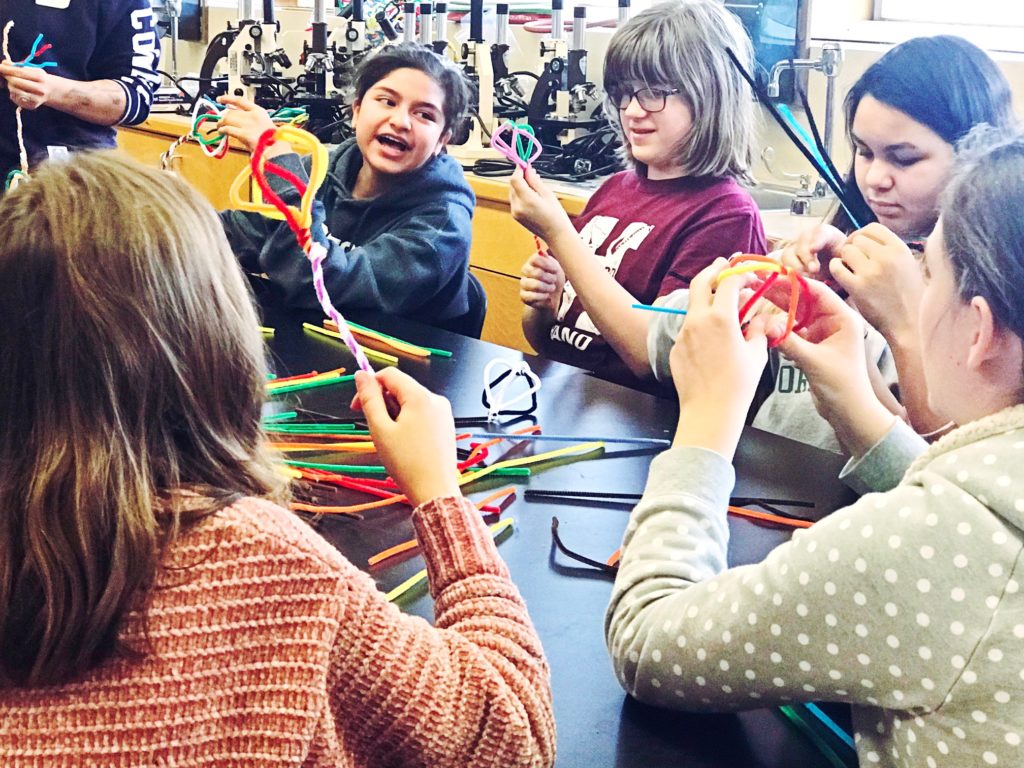
Then of course we looked at brains!
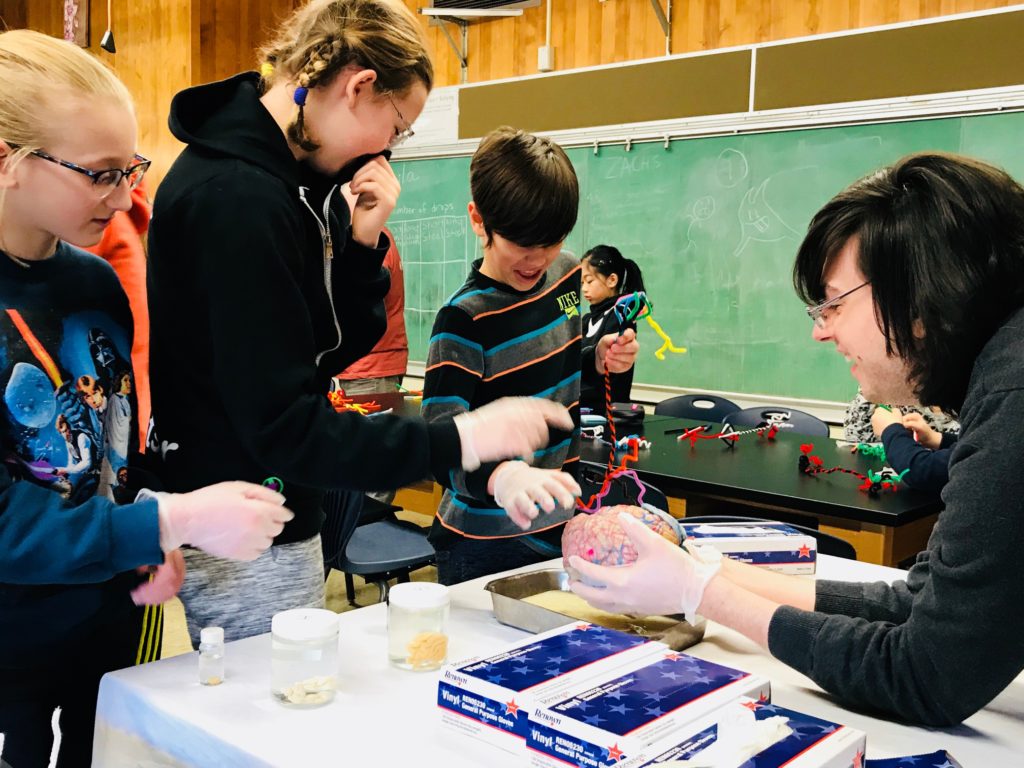
Hosford is a Chinese language immersion school, and several of the students were learning Mandarin. PSU student and native speaker Luyao Wang recorded some neuroscience-related terms for us to go over in the classroom…
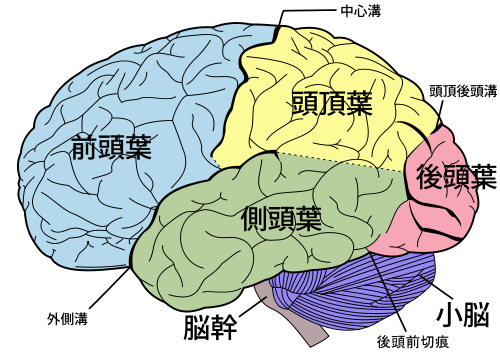
Brain: 脑 (nǎo)
Neuroscience: 神经科学 (Shénjīng kēxué)
Translation provided by Luyao Wang, undergraduate in Psychology at PSU
There are significant benefits to bilingual education in both children and adults, including evidence of changes in the white matter wiring of linked cortical regions essential for “executive function” (decision making, working memory, attentional control), and a reduced risk of cognitive decline with age…
LEARN MORE: Bilingual Two-Way Immersion Programs Benefit Academic Achievement
LEARN MORE: Language Experience Changes Language and Cognitive Ability
LEARN MORE: The effects of bilingualism on the white matter structure of the brain
LEARN MORE: Latino Network Learning & Lobes
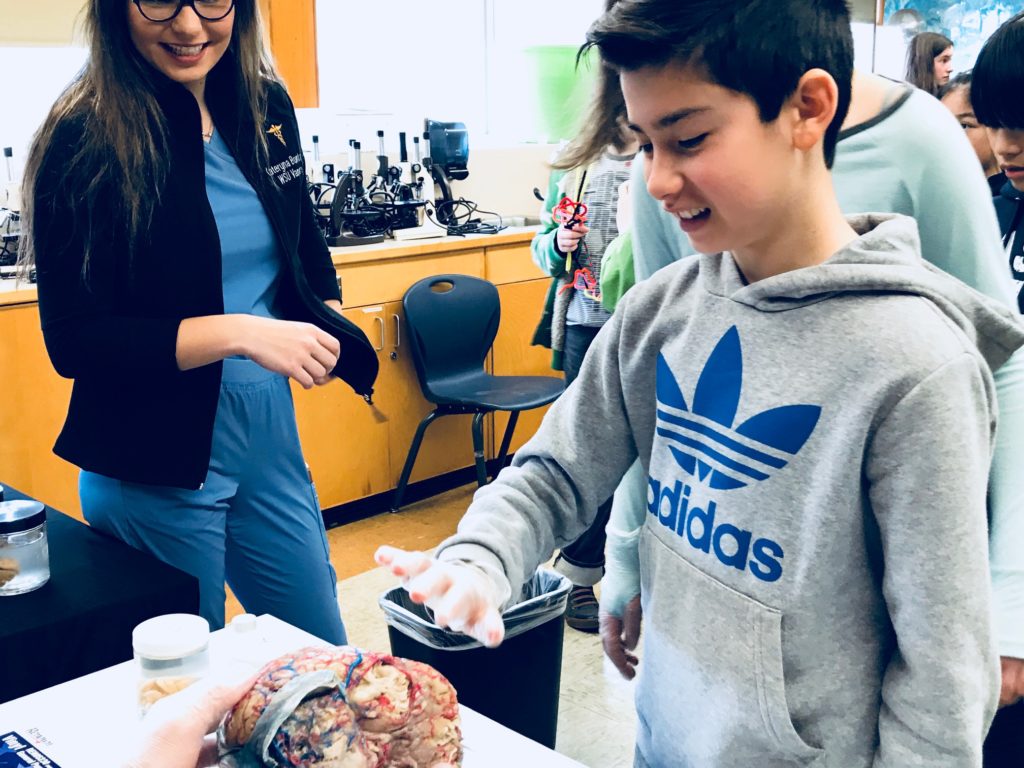
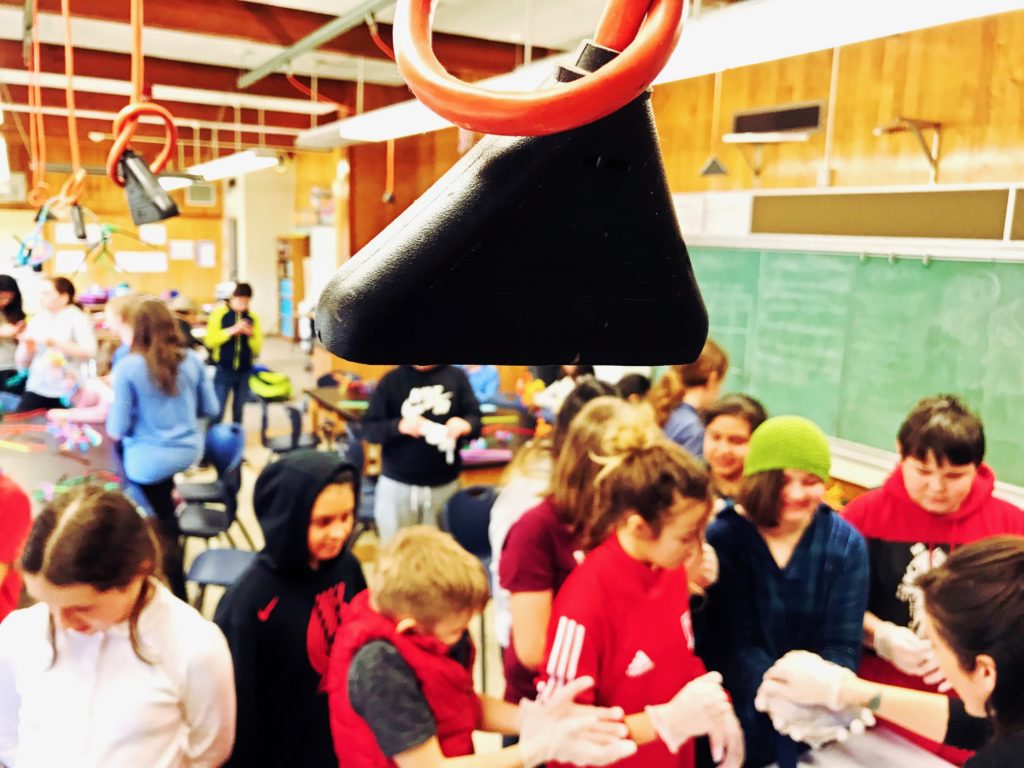
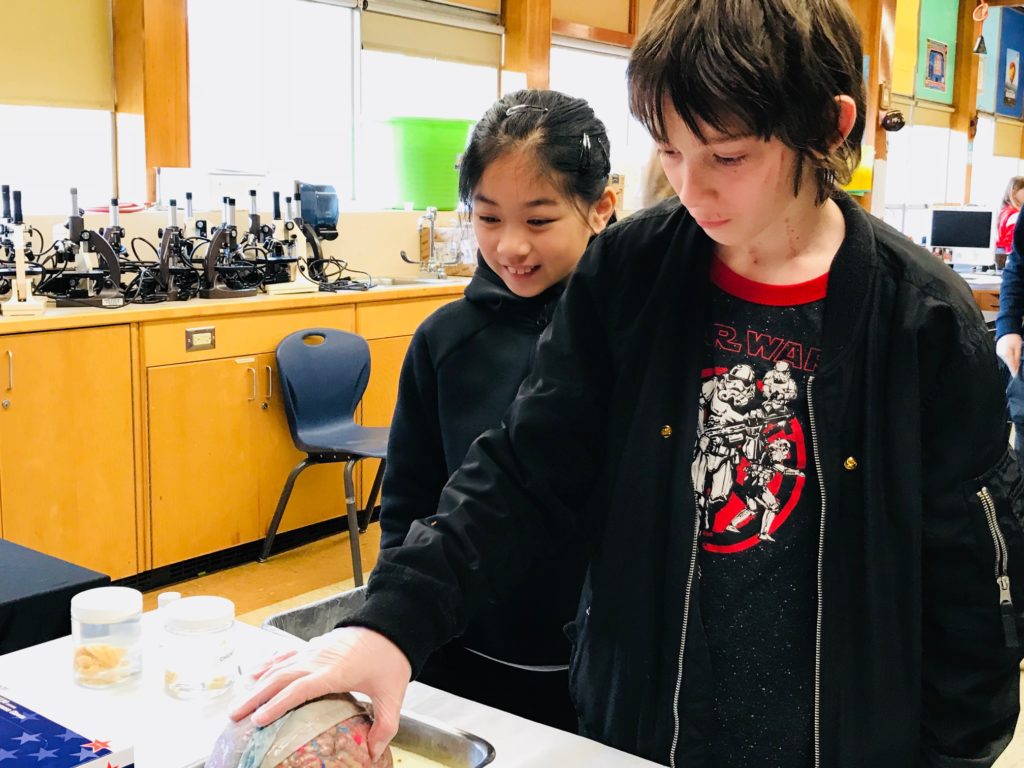
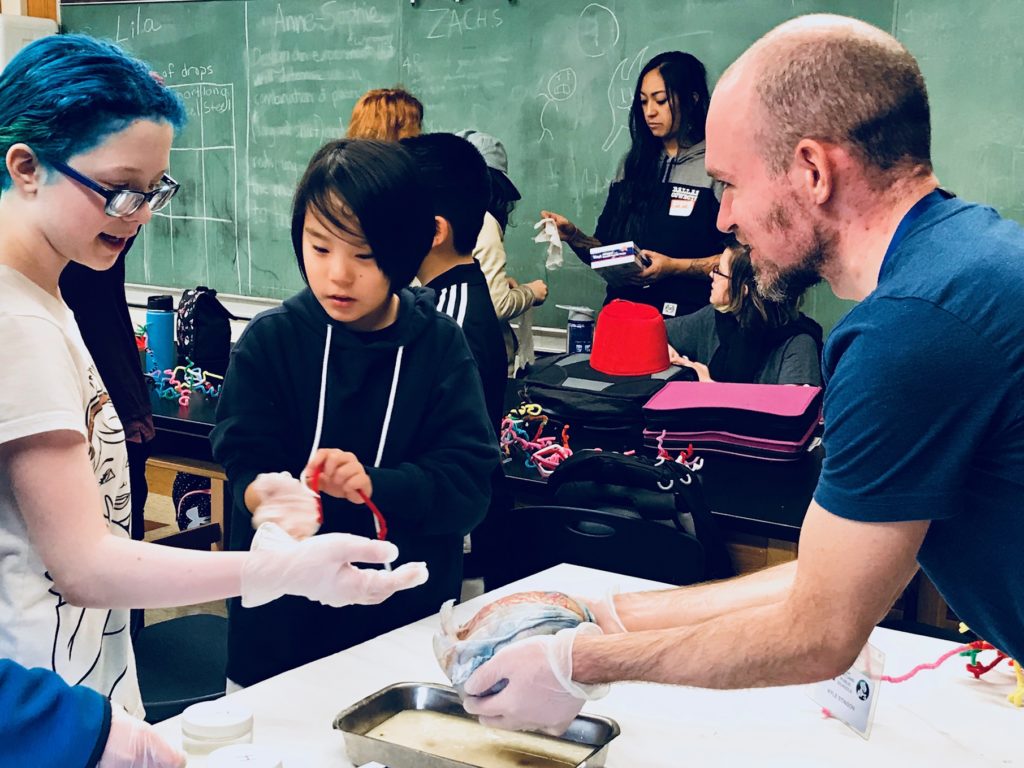
Want to keep your brain healthy? Learn another language!
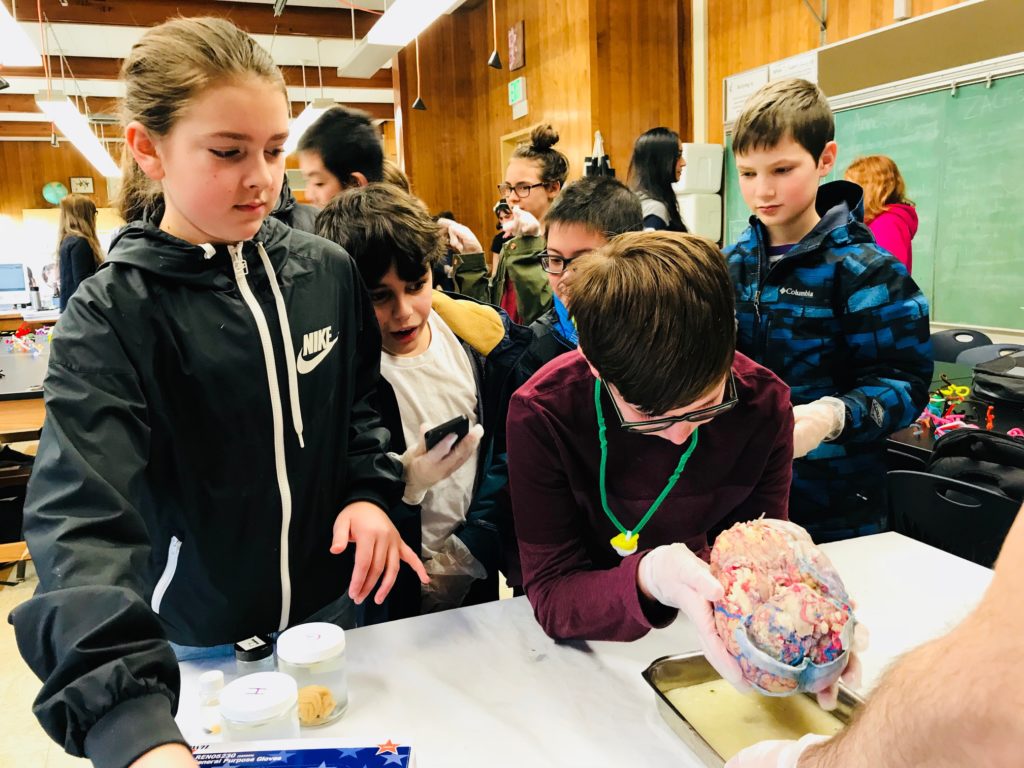
So many good questions! And some utter fascination with the machinery of ourselves…
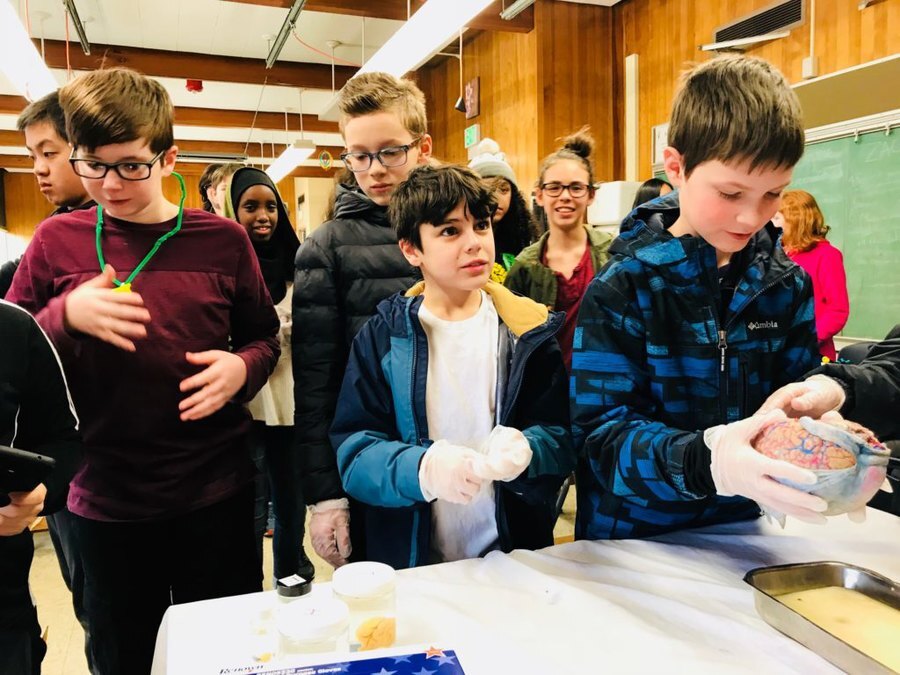
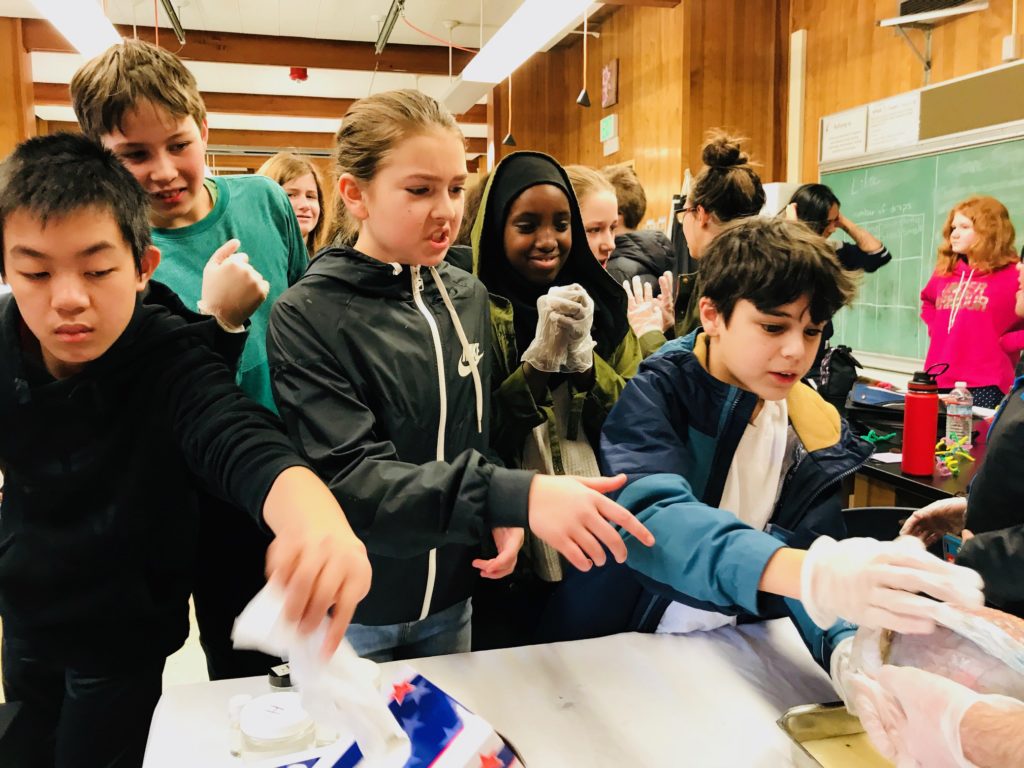
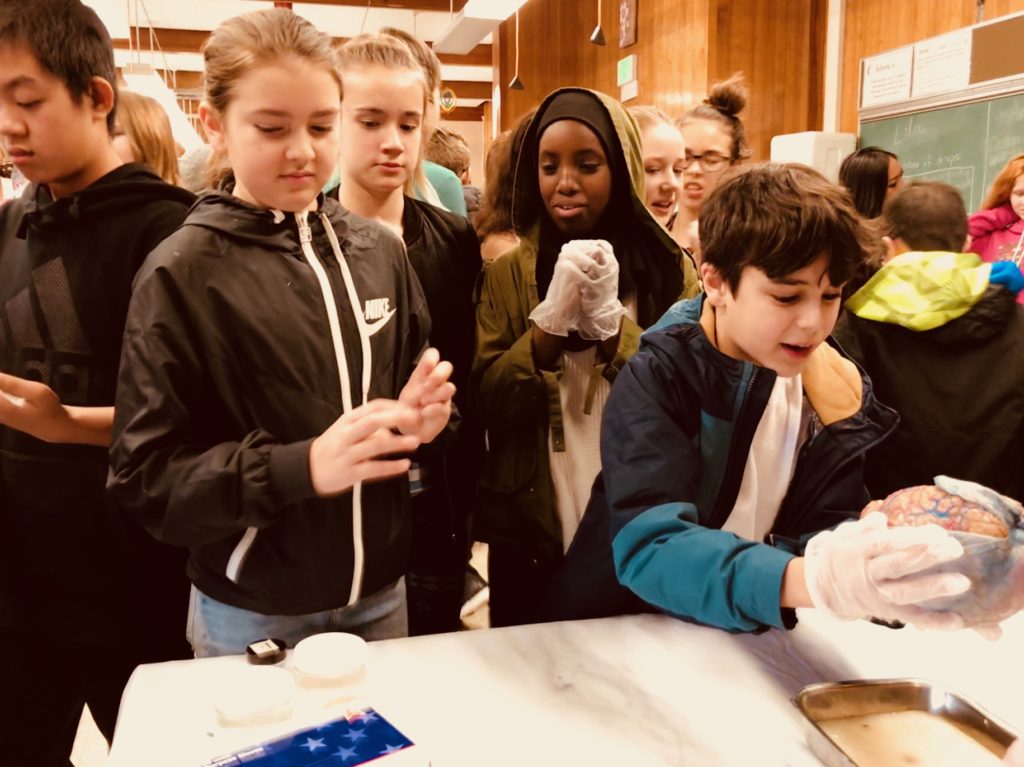
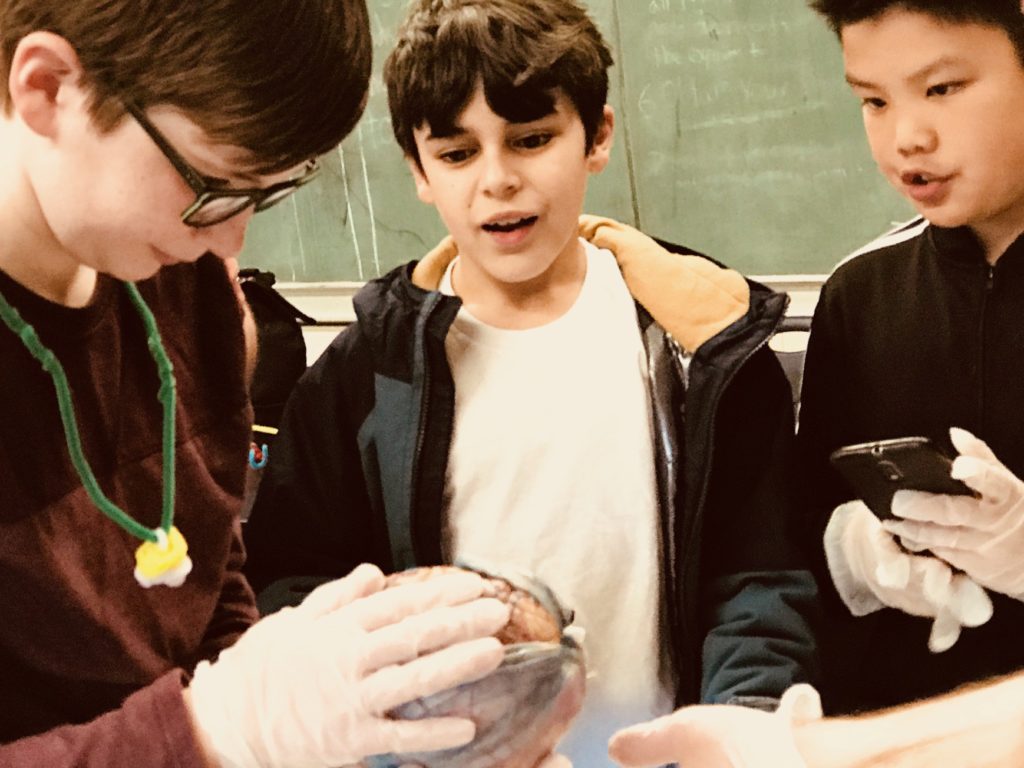
Genuine public engagement, going places for science communication with people in diverse communities – and not yet another institutional marketing effort at “#scitalk,” with more isolated, well-paid academics sci-talking to each other, paying high conference registration fees, memorizing elevator pitches and pressing play for the same old Ph.D.’s and university administrators…
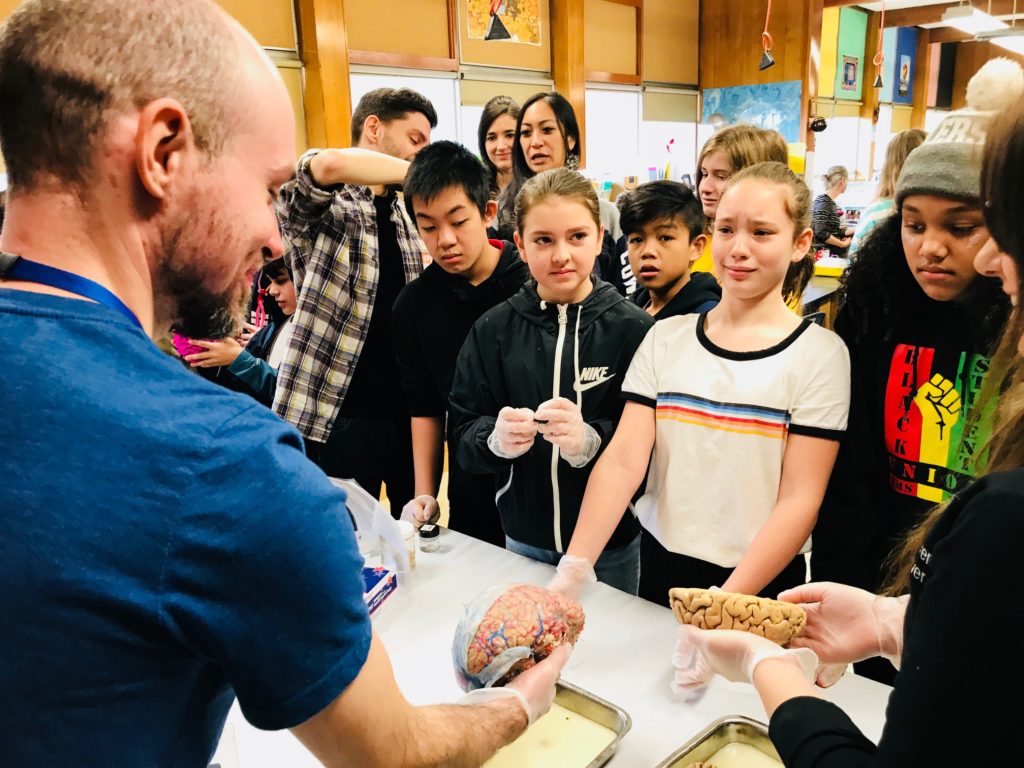
…has real potential for delighting and informing people, including the next generation, and tax-payers, about the benefits and value of further investment in neuroscience research, education and outreach…
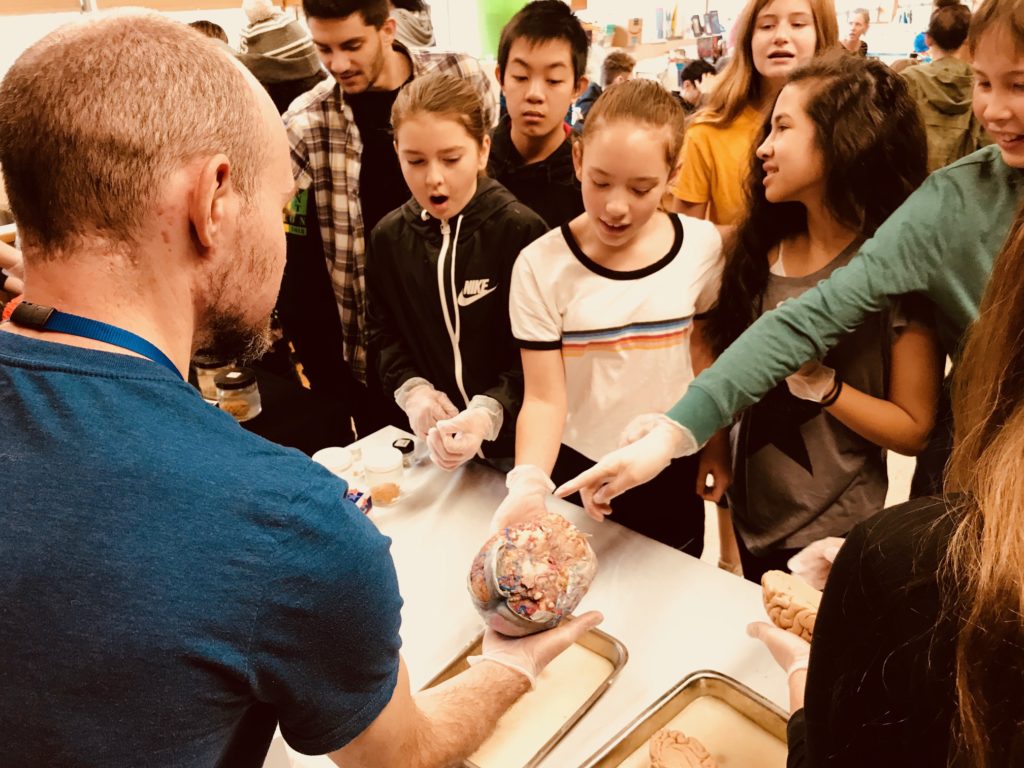
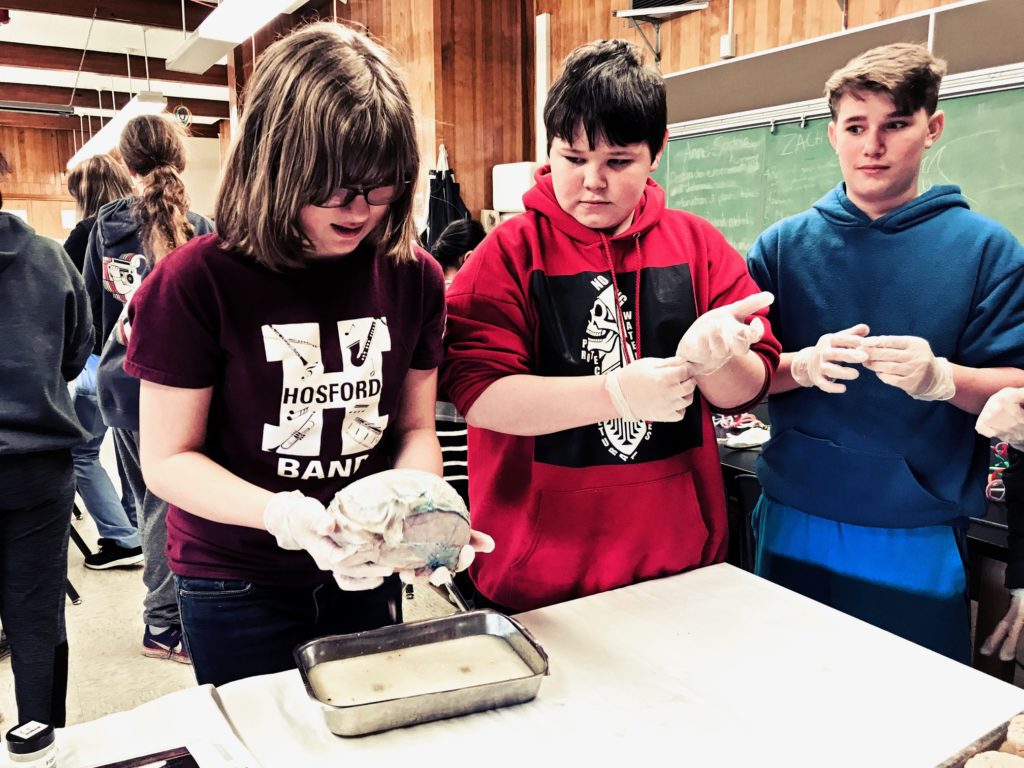
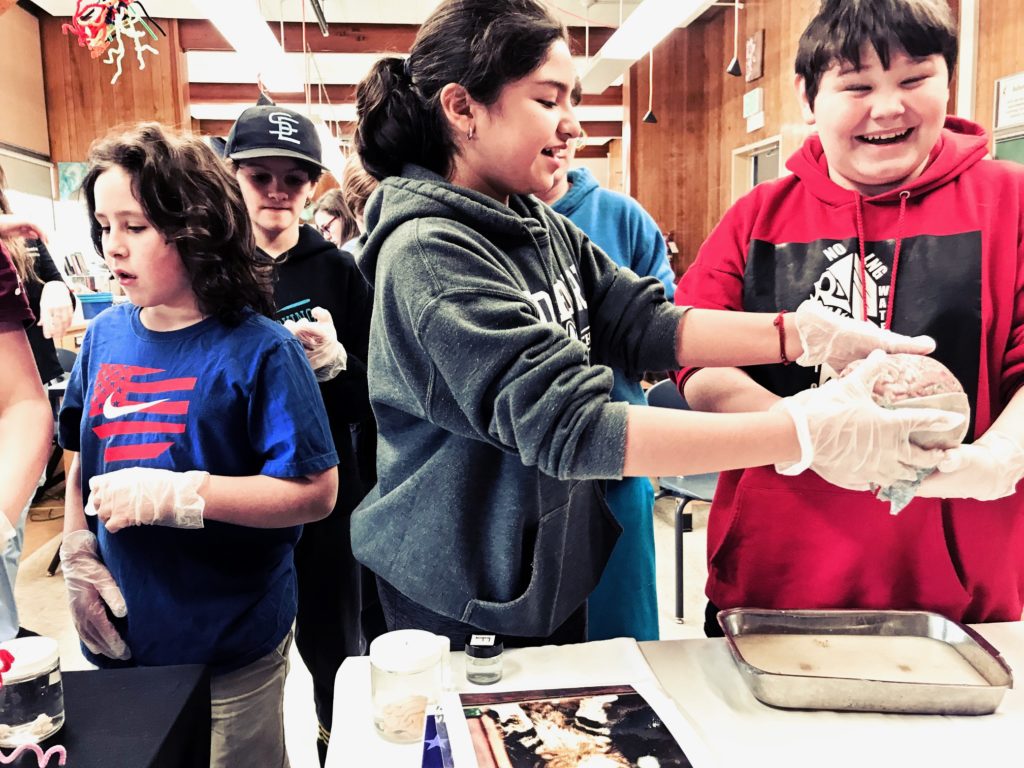

And for training dedicated and effective science communicators, too..!
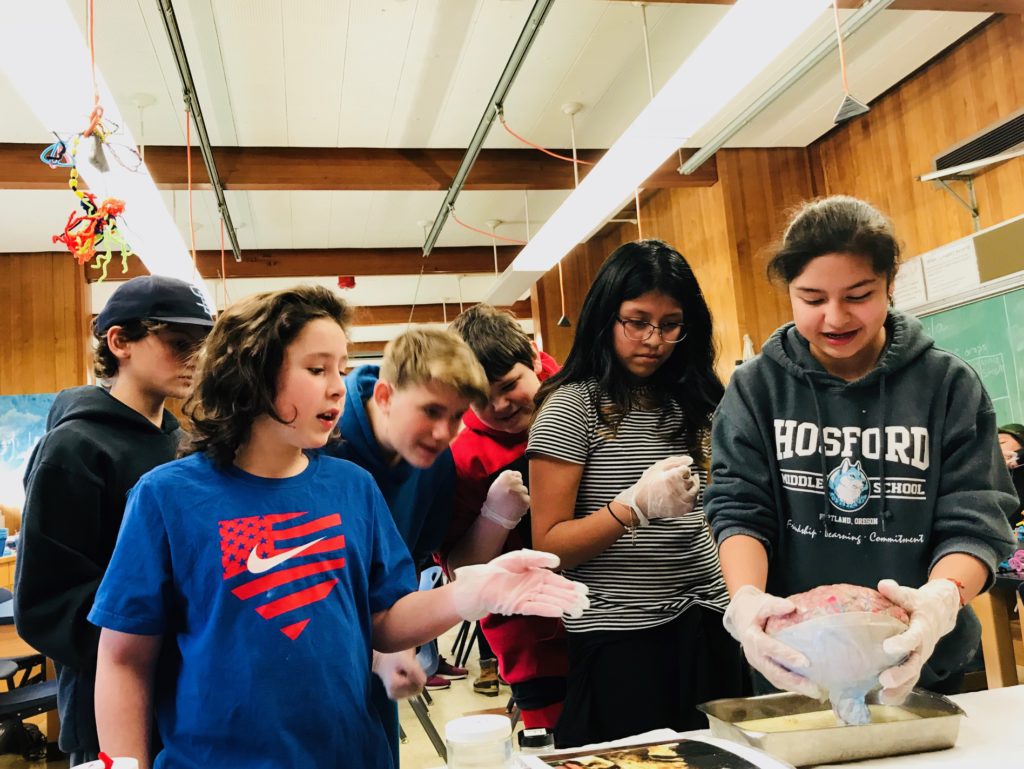
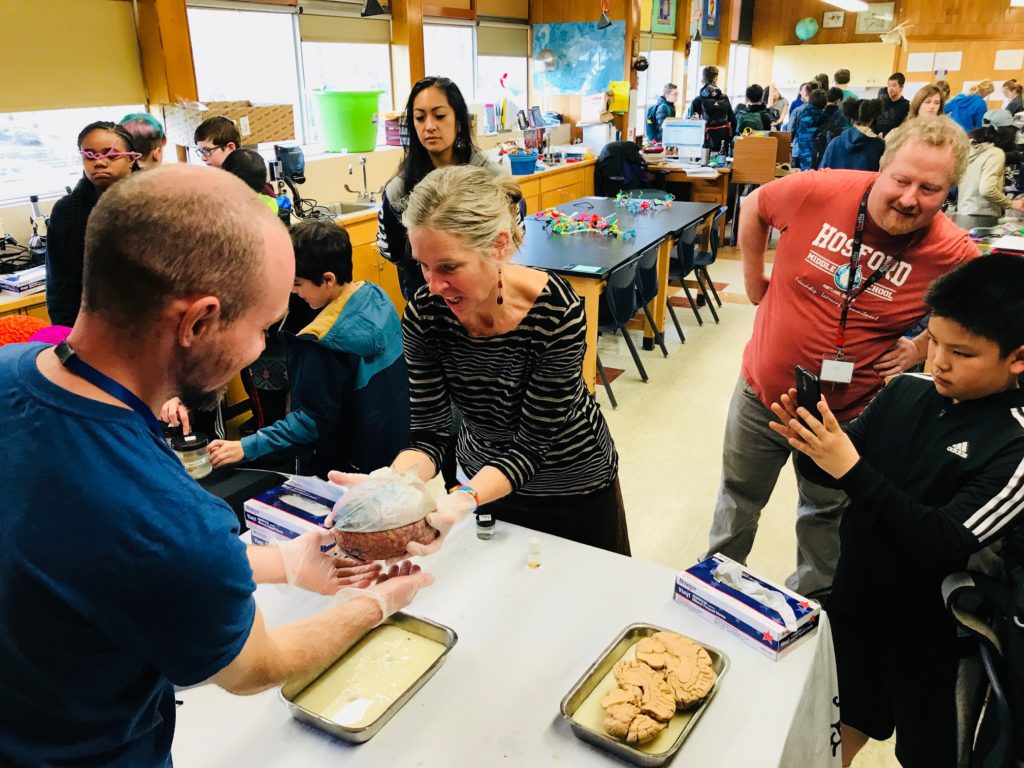
Many thanks to Assistant Principal Amy Slaughter, Science teachers Jane VanDam and Kevin Marquardt and 6th graders at Hosford for welcoming us into their classroom!
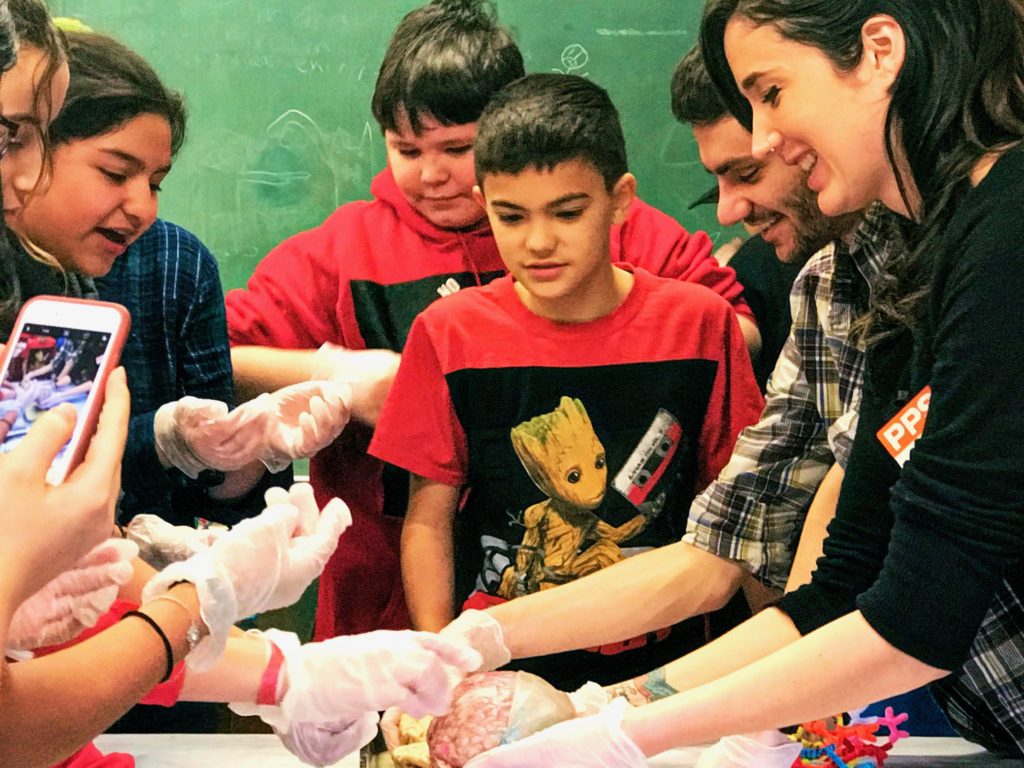
“I am (baby) GROOOT!”


